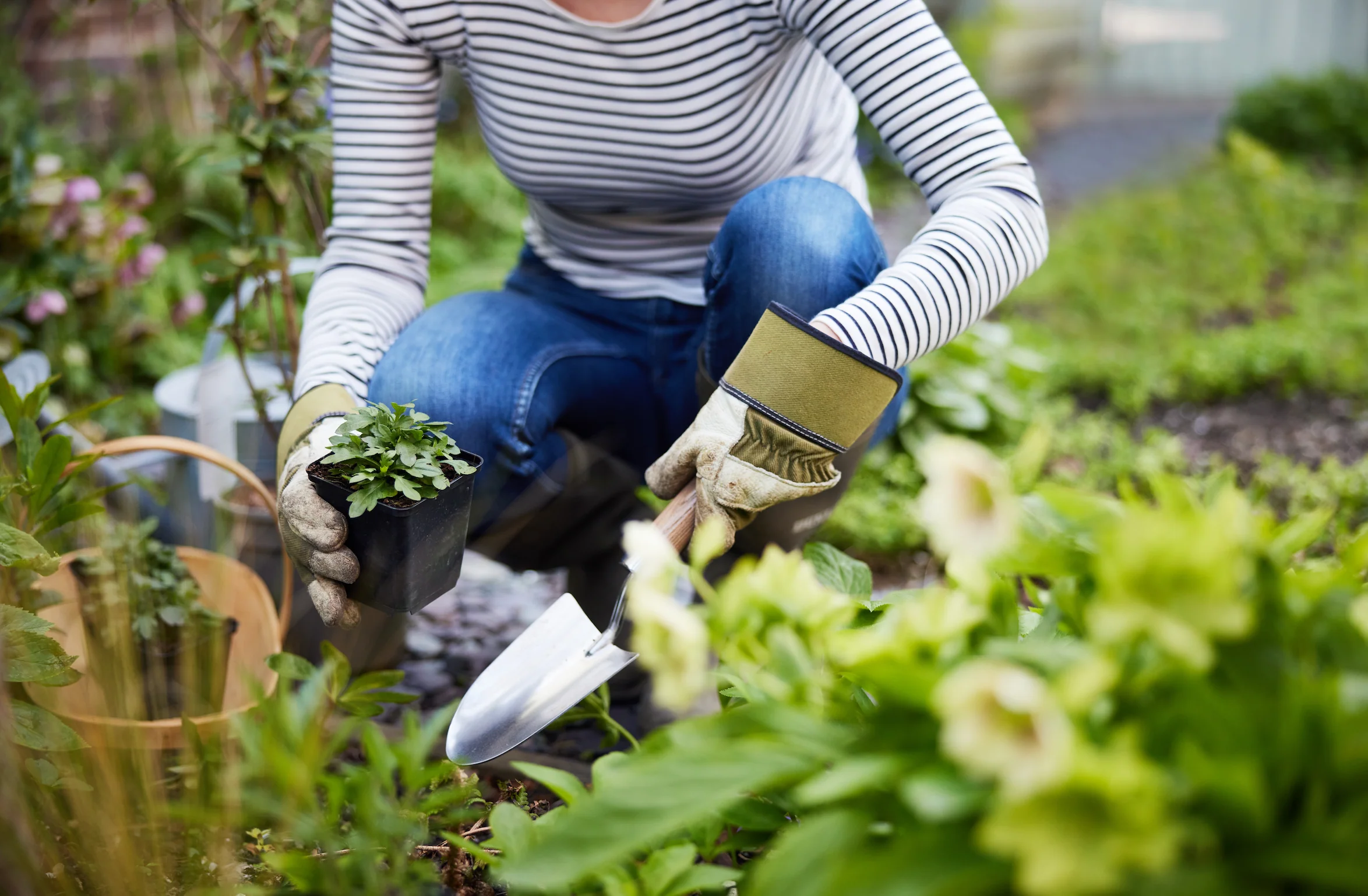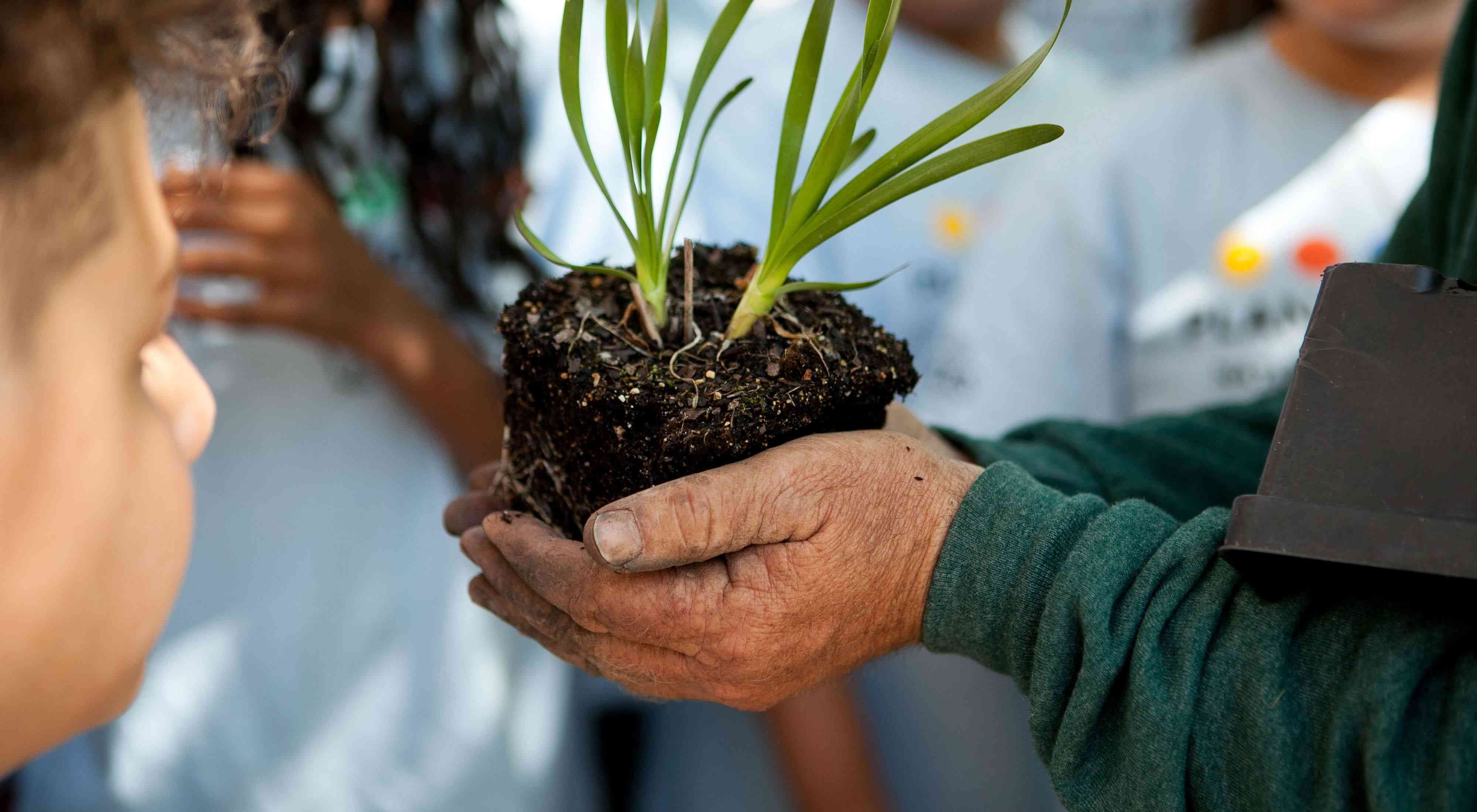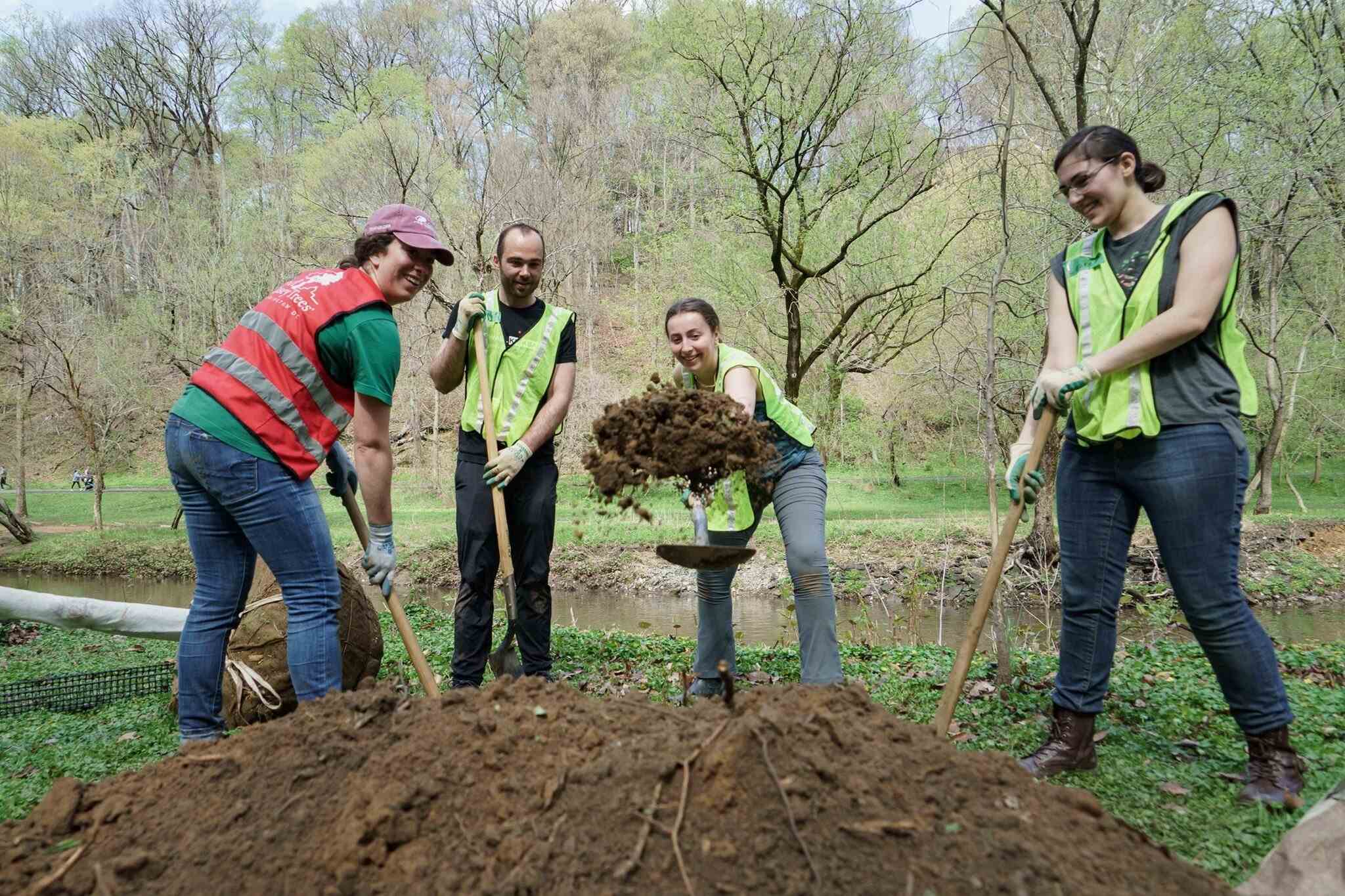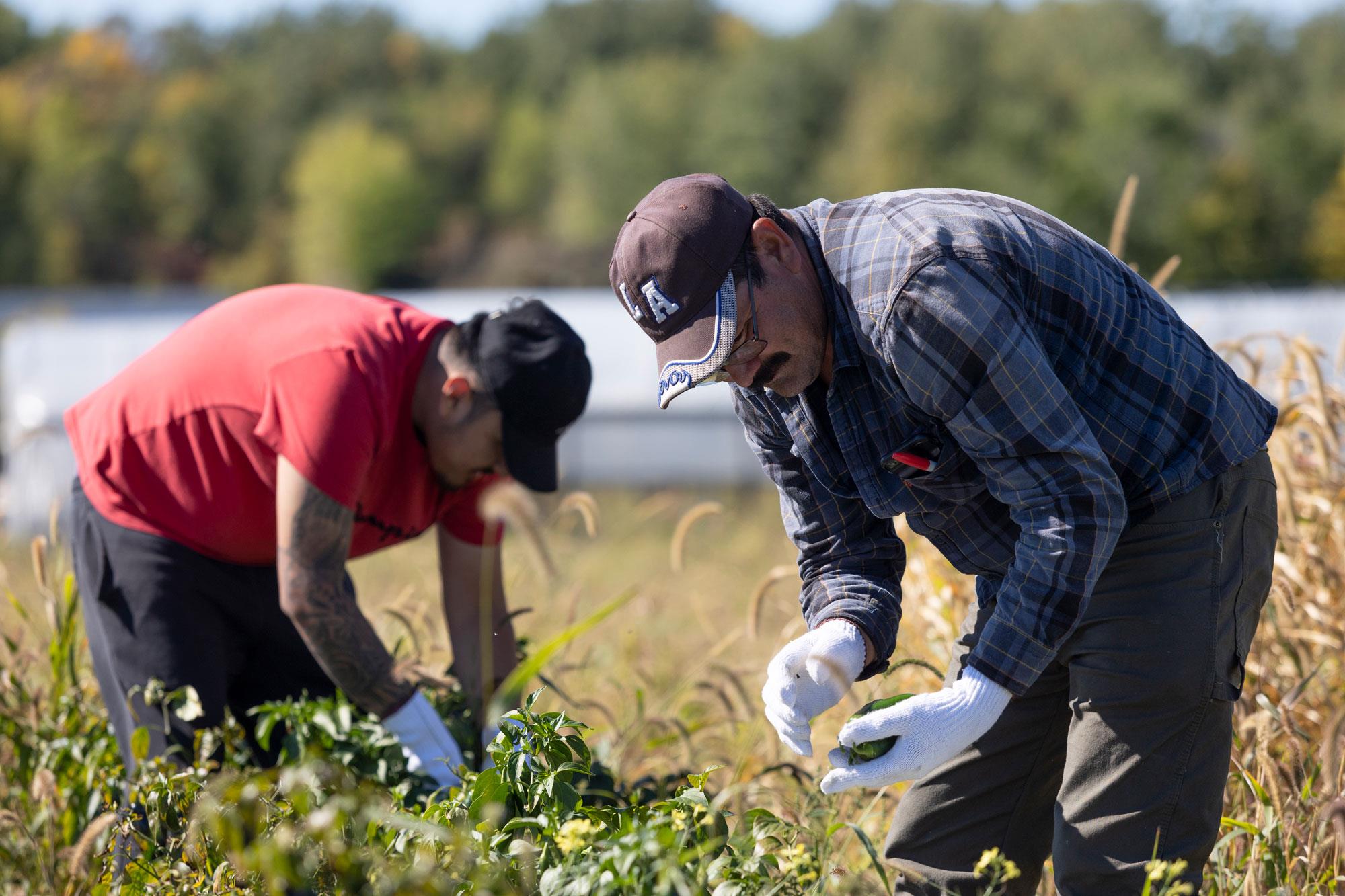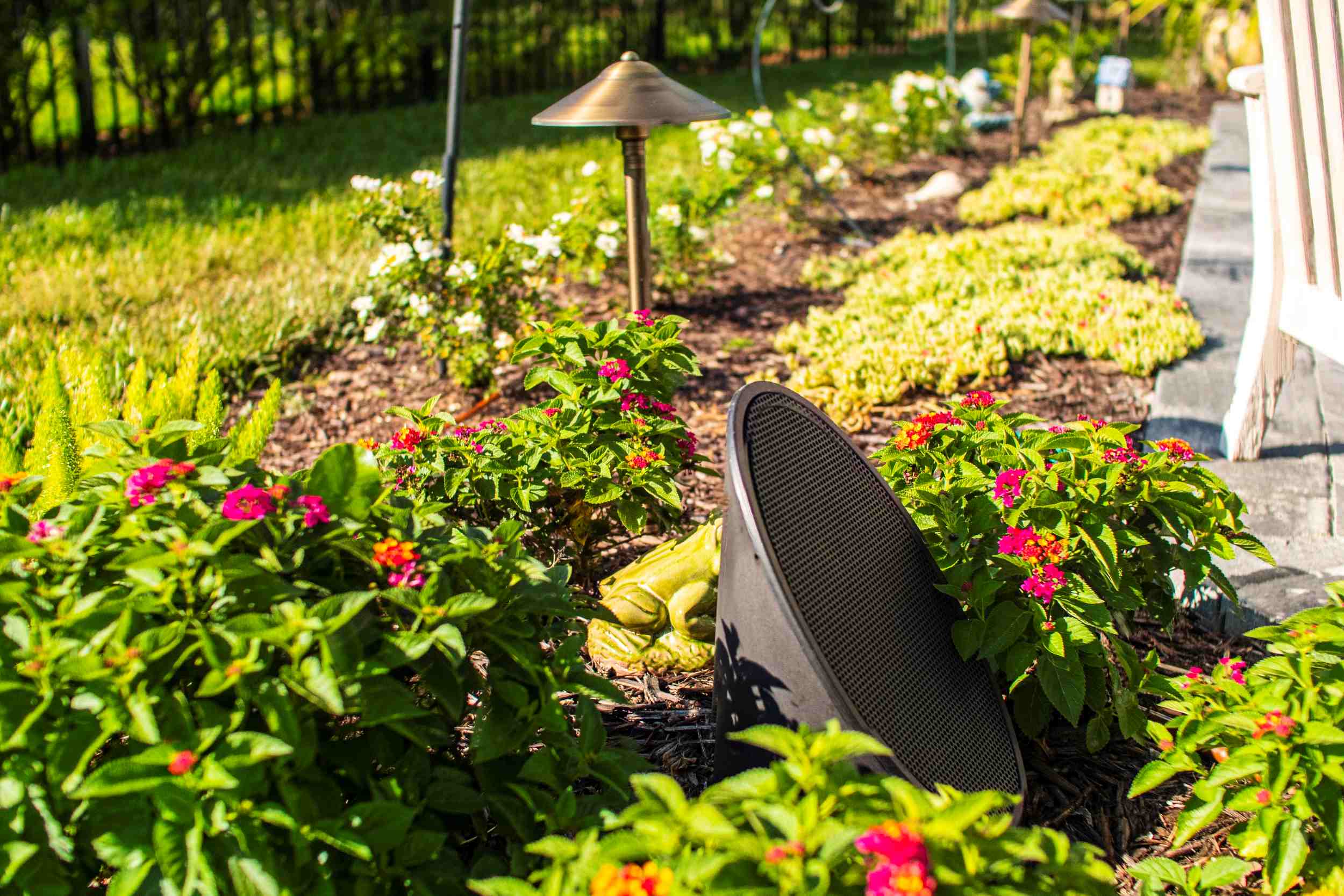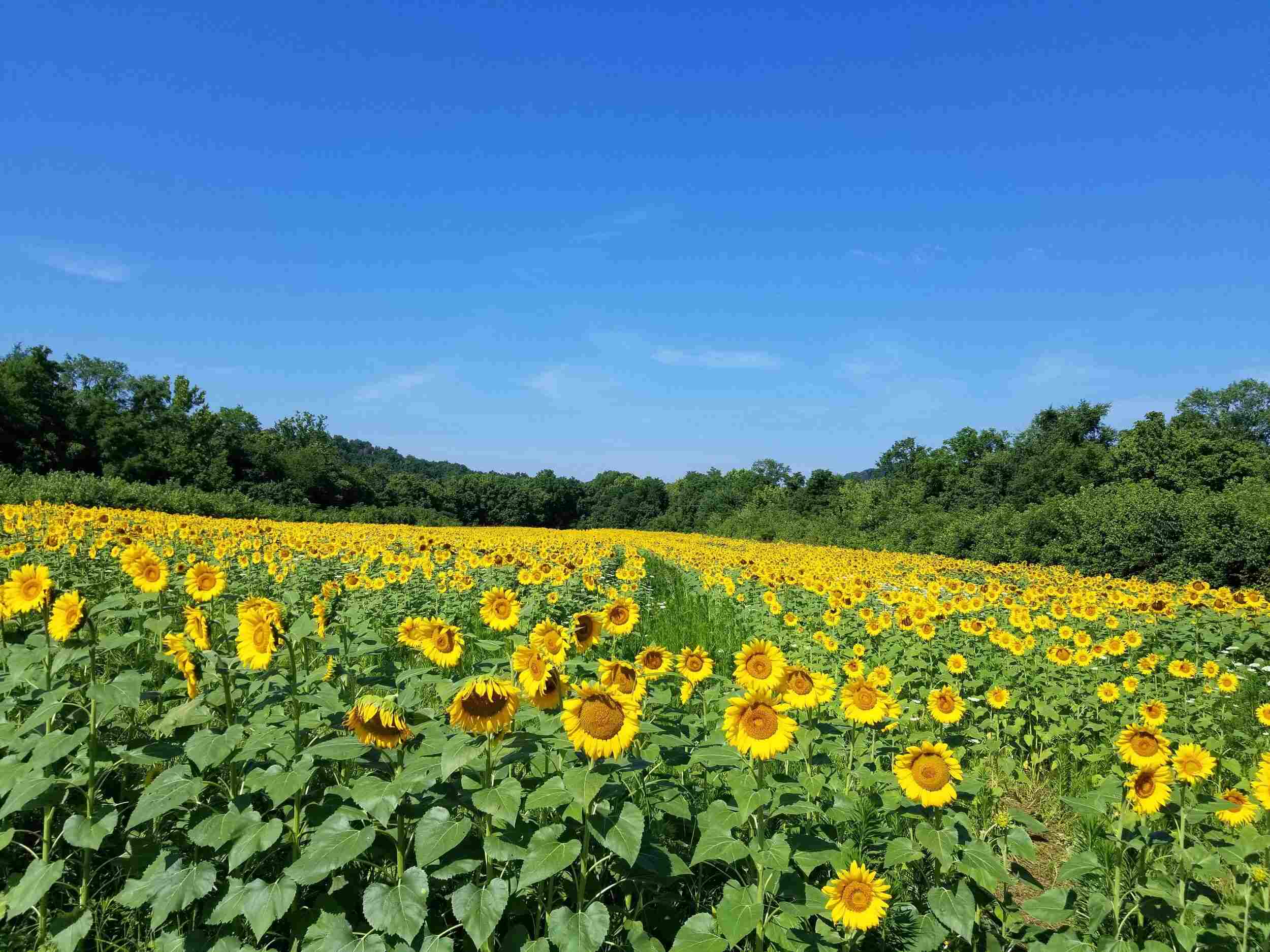Home>Gardening Basics>Understanding Soil>What Planting Zone Is Maryland
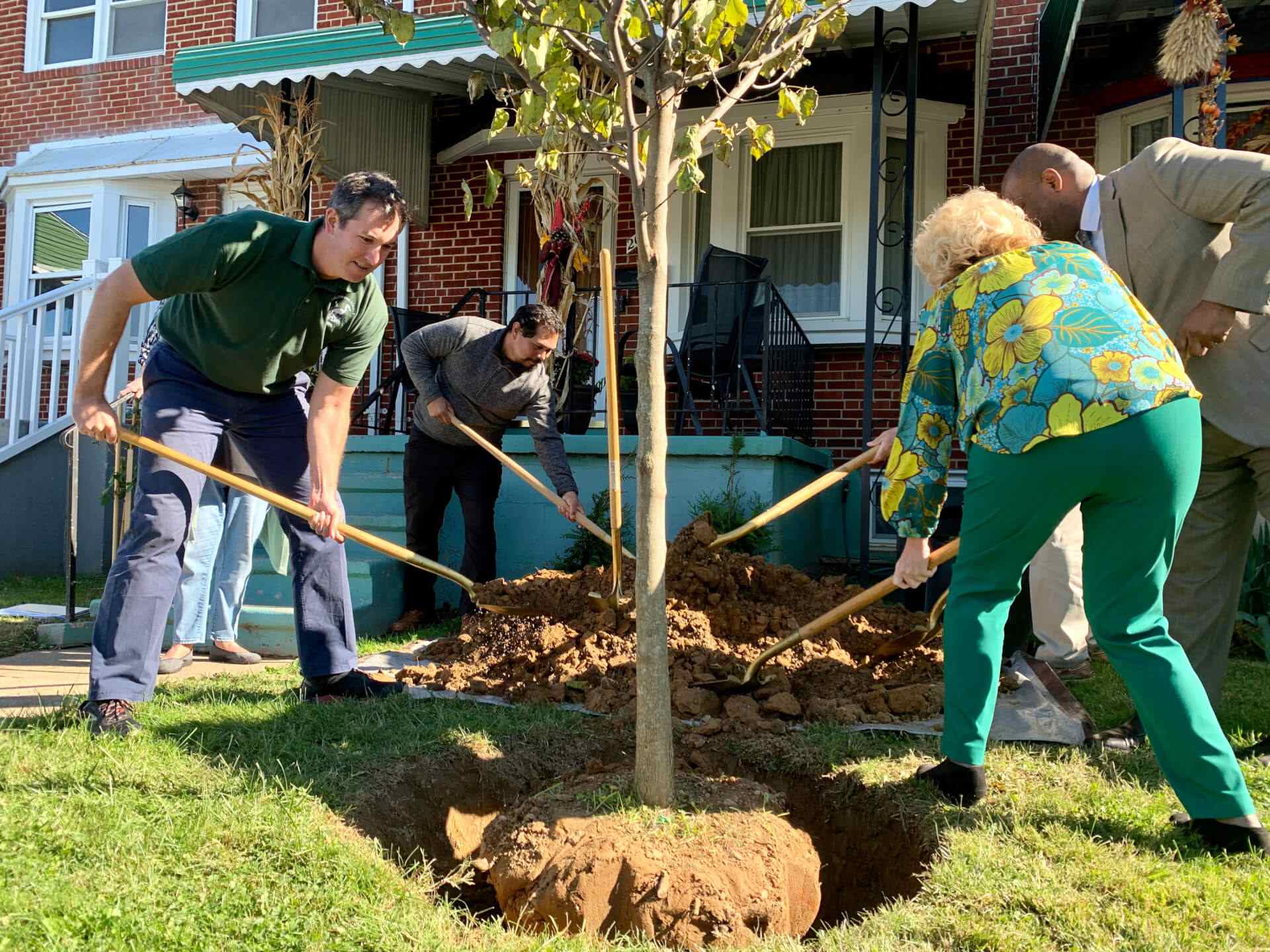

Understanding Soil
What Planting Zone Is Maryland
Modified: January 22, 2024
Discover the planting zone for Maryland and learn about the importance of understanding soil in gardening. Enhance your gardening skills with this helpful guide.
(Many of the links in this article redirect to a specific reviewed product. Your purchase of these products through affiliate links helps to generate commission for Chicagolandgardening.com, at no extra cost. Learn more)
Table of Contents
Introduction
When it comes to gardening and landscaping projects, understanding soil and its characteristics is key to ensuring successful growth and development of plants. Soil provides the necessary nutrients, moisture, and support for plants to flourish. As an SEO expert with a deep understanding of soil, I am here to guide you through the ins and outs of soil composition and its impact on gardening.
Whether you are a seasoned gardener or a beginner looking to start your own garden, having a comprehensive understanding of soil is essential. From determining the right soil type for specific plants to optimizing soil conditions for maximum growth, this knowledge will empower you to create a thriving garden that yields beautiful and bountiful results.
In this article, we will explore the various aspects of soil and how they contribute to plant growth. We will delve into the concept of soil composition, including its physical and chemical properties, and discuss the importance of soil testing. Additionally, we will explore different soil types, such as sandy, clay, and loamy soils, and discuss their characteristics and suitability for different plants.
Understanding soil fertility is another crucial aspect of successful gardening. We will discuss the role of organic matter and nutrients in soil fertility, as well as the methods for improving soil fertility and maintaining a healthy soil ecosystem.
Finally, we will touch upon soil erosion and soil conservation techniques, highlighting the importance of protecting our soil resources for future generations. By implementing proper soil management practices, we can ensure the long-term sustainability and productivity of our gardens.
So, whether you are looking to improve the soil quality in your backyard garden or seeking to understand the intricacies of soil for a larger landscaping project, this article will serve as a comprehensive guide to help you make informed decisions and achieve gardening success.
Understanding Planting Zones
Gardening requires careful consideration of the climate and weather conditions in your area. One of the key factors to consider is the planting zone. Planting zones, also known as hardiness zones, provide valuable information about the average minimum temperatures experienced in a specific region during the winter months. These zones play a crucial role in determining which plants are most likely to thrive in a particular area.
The United States Department of Agriculture (USDA) has divided North America into 11 different planting zones based on temperature ranges. Each zone is assigned a number, with zone 1 being the coldest and zone 11 being the warmest. These planting zones act as a guide for gardeners to select plants that are best suited for their specific climate.
The planting zone classification system considers the average annual extreme minimum temperatures as the main criterion. This information helps gardeners determine which plants are hardy enough to survive the winter in their area. Plants that are not adapted to the specific temperature range may struggle or even perish during cold snaps.
Besides helping gardeners choose appropriate plant varieties, planting zones also assist in determining the best time to plant. By understanding their local planting zone, gardeners can plan their gardening activities and ensure that they plant at the optimal time, giving their plants the best chance to thrive.
Factors such as altitude, proximity to bodies of water, and microclimates within a region can also influence the local climate and subsequently impact the planting zone. Therefore, it is important to consider these factors in conjunction with the USDA planting zone maps when making gardening decisions.
It is worth noting that planting zones are not static and can change over time due to factors such as climate change or changes in weather patterns. Therefore, it is advisable to keep abreast of any updates to the planting zone maps to ensure accurate information and make informed choices for your garden.
In the next section, we will specifically explore the planting zone in Maryland and discuss the factors that influence it. This will help Maryland gardeners choose the right plants and develop strategies for successful gardening in the state.
What are Planting Zones?
Planting zones, also referred to as hardiness zones, are geographical regions that classify the suitability of plants based on their ability to withstand the average minimum temperatures of the area. The United States Department of Agriculture (USDA) developed the concept of planting zones to help gardeners make informed decisions about which plants are most likely to thrive in their specific climate.
The USDA has divided North America into 11 different planting zones, each with its own temperature range. These zones are determined by the average annual extreme minimum temperatures experienced in a particular area. The zones range from 1 (coldest) to 11 (warmest).
Each planting zone provides valuable information about the climate conditions that plants in that area are likely to encounter. This helps gardeners choose plant varieties that can survive and thrive in their specific zone, reducing the risk of damage or failure due to extreme cold spells.
Planting zones are particularly important for perennial plants – those that live for more than two years – as they need to withstand winter temperatures and return year after year. By selecting plants that are well-suited to their local planting zone, gardeners increase the likelihood of achieving successful and healthy plant growth.
In addition to temperature extremes, planting zones also consider other factors such as heat tolerance, soil moisture requirements, and day length. These factors can vary significantly across different planting zones, making it essential for gardeners to choose plants that are well-adapted to the specific environmental conditions of their area.
It is crucial to remember that planting zones serve as general guidelines and should be used in conjunction with other factors such as microclimates, soil conditions, and exposure to wind and sunlight. These additional factors can significantly influence the ability of plants to thrive in a particular area, and gardeners should consider them when planning their gardens.
By understanding and using planting zones as a tool for plant selection, gardeners can create a garden that is well-suited to their local climate conditions, resulting in healthier, more productive plants.
Factors Affecting Planting Zones
While planting zones provide a useful framework for understanding the climate suitability for different plants, it is important to recognize that several factors can influence these zones. It is not solely based on average minimum temperatures. Here are some key factors that affect planting zones:
1. Altitude:
Altitude plays a significant role in determining local climatic conditions. As elevation increases, temperatures tend to decrease. Therefore, areas at higher altitudes may have lower minimum temperatures compared to nearby low-lying regions, resulting in a lower planting zone.
2. Proximity to Water Bodies:
Bodies of water, such as lakes, rivers, or oceans, can moderate temperatures and influence local microclimates. Coastal regions tend to have milder winters than inland areas due to the buffering effect of the nearby water bodies. Therefore, coastal regions may have higher planting zones than their inland counterparts.
3. Microclimates:
Microclimates are localized climate conditions that differ from the surrounding area. Factors such as sun exposure, wind patterns, and topography can create microclimates within a planting zone. For example, a sheltered southern-facing slope may have slightly warmer temperatures, enabling plants to thrive that would not typically survive in the wider region.
4. Urban Heat Island Effect:
In urban areas, the presence of buildings, pavement, and other human-made structures can absorb and retain heat, leading to higher average temperatures. This phenomenon is known as the urban heat island effect. Urban areas may have slightly higher planting zones compared to rural or suburban areas in the same region.
5. Climate Change:
Climate change is altering weather patterns and causing shifts in temperature ranges. As a result, the planting zones may gradually change over time. Warmer minimum temperatures may allow for the expansion of a higher planting zone in some areas, while cooler temperatures might result in a lower planting zone in others. Staying updated with the latest planting zone information is essential to ensure accurate plant selection.
It’s important for gardeners to consider these factors when interpreting planting zone information. Understanding the specific conditions of an area, including altitude, proximity to water bodies, microclimates, urban heat island effects, and the impact of climate change, will enable gardeners to make informed decisions about plant selection and optimize their chances of gardening success.
Maryland Planting Zone
Maryland, located in the Mid-Atlantic region of the United States, experiences a diverse climatic range due to its proximity to both the Atlantic Ocean and the Appalachian Mountains. Understanding the planting zone in Maryland is crucial for gardeners in the state to choose the right plants and plan their gardening activities effectively.
Maryland falls under USDA planting zones 6 and 7. The western part of the state, including areas around the Appalachian Mountains, is predominantly zone 6, while the rest of the state, including the eastern shore and coastal regions, is mostly zone 7. These zones indicate the average minimum temperatures experienced in a given region during winter.
Zone 6 in western Maryland generally experiences minimum temperatures ranging between -10°F to 0°F (-23°C to -18°C), while zone 7 in the rest of the state has minimum temperatures ranging from 0°F to 10°F (-18°C to -12°C).
The planting zone in Maryland provides valuable information for gardeners to select plants that can withstand the winter temperatures in the region. Cold-hardy plants that thrive in zones 6 and 7 are more likely to survive the freezing temperatures and successfully grow in Maryland gardens.
However, it is important to note that Maryland’s climate is influenced by other factors as well, such as humidity levels, rainfall, and summer temperatures. Summers can be hot and humid in Maryland, which can affect the growth of certain plant varieties. Therefore, it is essential to consider these additional factors and choose plants that are well-suited to the overall climate of the state.
Gardeners in Maryland can take advantage of the planting zones to determine the optimal time for planting various crops and flowers. By aligning their gardening activities with the specific planting zone, they can ensure that plants have the best chance of thriving and producing abundant yields.
It is worth mentioning that planting zone maps are general guidelines, and microclimates within the state can influence the local conditions experienced by plants. Factors like proximity to water bodies, urban heat island effects, and altitude can create variations in temperature and microclimates within different areas of Maryland.
By understanding the planting zone in Maryland and considering other factors that impact local climate, gardeners can make informed choices when selecting plants, optimizing their gardening efforts, and creating beautiful and productive gardens in the state.
Determining the Planting Zone in Maryland
Determining the exact planting zone in Maryland is essential for gardeners to make informed decisions about plant selection and timing. By understanding the specific planting zone, gardeners can choose plants that are well-suited to the local climate and increase the chances of gardening success.
There are several methods to determine the planting zone in Maryland:
1. USDA Plant Hardiness Zone Map:
The United States Department of Agriculture (USDA) publishes the Plant Hardiness Zone Map, which provides comprehensive information about the different planting zones across the country. By referring to this map, gardeners in Maryland can identify their specific planting zone based on average minimum winter temperatures.
The USDA planting zone map is freely available online and can be easily accessed by entering the zip code or geographical location of a particular area in Maryland. This allows gardeners to obtain precise information about which zone their garden falls into.
2. Local Cooperative Extension Services:
Local cooperative extension services, often associated with universities or agricultural institutions, provide valuable information and resources for gardeners. They can offer detailed insights into specific planting zones within a state or region. In Maryland, gardeners can reach out to the University of Maryland Extension for guidance on determining the planting zone in their area.
3. Consultation with Local Gardeners and Experts:
Engaging with local gardeners and experts who have experience gardening in Maryland can provide valuable firsthand knowledge. They can offer insights into the specific microclimates and conditions that may influence planting zones within the state. Local gardening clubs, online forums, and gardening communities are excellent resources for connecting with experienced individuals who can provide guidance.
By employing these methods, gardeners in Maryland can accurately determine their planting zone and make informed decisions about suitable plant choices and optimal planting times. This knowledge is crucial for ensuring that plants have the best chance to thrive and yield successful results.
It is important to note that planting zones are not static and can change over time due to various factors, including climate change. It is advisable for gardeners to periodically check for updates to the USDA planting zone map and stay informed about any changes that may impact their gardening practices.
By understanding the planting zone in Maryland and keeping up-to-date with any changes, gardeners can adapt their gardening strategies, choose appropriate plant varieties, and create vibrant and flourishing gardens in the state.
Planting Tips for Maryland Gardeners
Gardening in Maryland can be a rewarding and fulfilling experience, but it’s important for gardeners to be aware of the unique conditions and challenges that the state presents. Here are some planting tips to help Maryland gardeners achieve success:
1. Choose Plants Suited to Your Planting Zone:
Refer to the USDA planting zone map specific to Maryland to determine which plants are best suited for your zone. Selecting plants that are adapted to your local climate will increase their chances of survival and success.
2. Consider Microclimates:
Within Maryland, there may be variations in temperature and growing conditions due to microclimates. Take note of areas in your garden that receive more or less sun exposure, experience more or less wind, or have variations in soil moisture. Adjust your plant selection and placement accordingly to optimize growth.
3. Plan for Seasonal Changes:
Maryland experiences distinct seasons, so plan your garden accordingly. Plant cool-season vegetables in spring and fall, and warm-season vegetables in summer. Consider perennial plants that can withstand both the hot summers and the chilly winters of the state.
4. Test and Amend Your Soil:
Conduct a soil test to assess the nutrient levels and pH of your soil. Based on the results, amend the soil with organic matter, such as compost or aged manure, to improve fertility and drainage. This will ensure that your plants have the necessary nutrients and growing conditions.
5. Water Properly:
Proper watering is crucial for healthy plant growth. Water deeply, but infrequently, to encourage deep root development. Avoid overwatering to prevent waterlogged soil, which can lead to root rot. Consider using drip irrigation or soaker hoses to provide consistent and efficient moisture to your plants.
6. Mulch for Moisture Retention:
Apply a layer of organic mulch around your plants to help retain soil moisture, suppress weeds, and regulate soil temperature. Mulch also improves soil structure as it breaks down over time. Use materials such as wood chips, straw, or shredded leaves.
7. Regularly Monitor and Manage Pests and Diseases:
Keep an eye out for common pests and diseases that may affect your plants in Maryland. Implement integrated pest management techniques, such as handpicking pests, using organic insecticides, and practicing crop rotation to minimize the impact of pests and diseases.
8. Learn from Local Gardeners and Gardening Resources:
Take advantage of the knowledge and experience of local gardeners and gardening resources in Maryland. Join gardening clubs, participate in workshops or online forums, and consult resources from the University of Maryland Extension. Learning from others who have successfully gardened in the state can provide valuable insights and tips.
By following these planting tips, Maryland gardeners can create thriving gardens that are adapted to the local climate and conditions. With proper planning, care, and a little bit of experimentation, you can enjoy a beautiful and productive garden throughout the seasons.
Conclusion
Understanding soil and its characteristics is crucial for any gardener seeking to create a flourishing garden. By acquiring knowledge about soil composition, fertility, and conservation, you can optimize your gardening efforts and ensure the long-term health and productivity of your plants.
In this article, we explored the concept of planting zones and how they provide valuable information about the suitability of plants in a specific region. Factors such as altitude, proximity to water bodies, and microclimates can influence the planting zones within an area. As a gardener, it is important to consider these factors in conjunction with the USDA planting zone maps to make informed decisions about plant selection and optimal planting times.
We also discussed the planting zone in Maryland, which falls under USDA zones 6 and 7. By understanding the specific planting zone in Maryland, gardeners can choose plants that are well-suited to the local climate and increase the chances of gardening success.
Furthermore, we provided tips for Maryland gardeners, including selecting suitable plants for the planting zone, considering microclimates, planning for seasonal changes, testing and amending soil, watering properly, mulching, managing pests and diseases, and learning from local gardeners and resources. By implementing these tips, Maryland gardeners can optimize their gardening practices and create thriving and sustainable gardens.
Remember, gardening is a continuous learning process, and it’s important to adapt and experiment with different techniques and plant varieties to discover what works best in your specific garden. By combining your understanding of soil, knowledge of planting zones, and application of effective gardening practices, you can create a beautiful and fruitful garden in Maryland.
So, roll up your sleeves, put on your gardening gloves, and let your green thumb flourish as you embark on this rewarding journey of gardening in Maryland!
